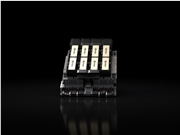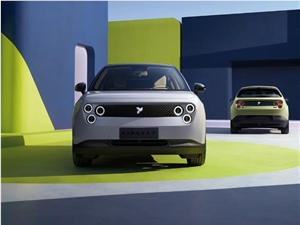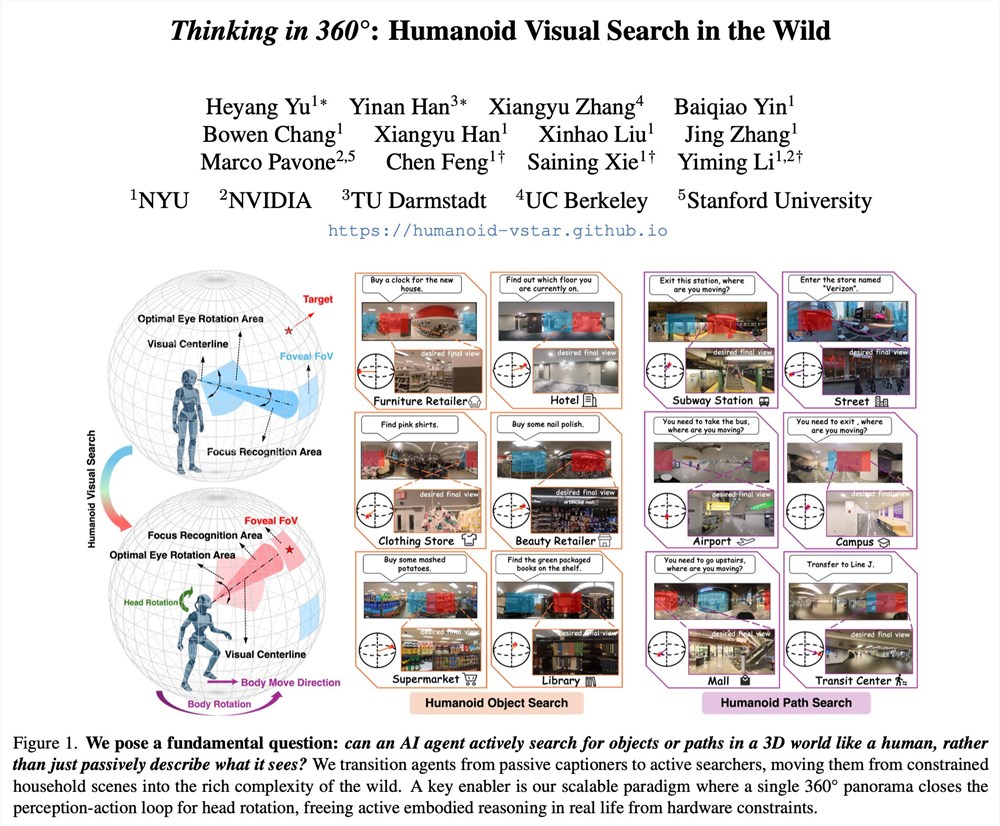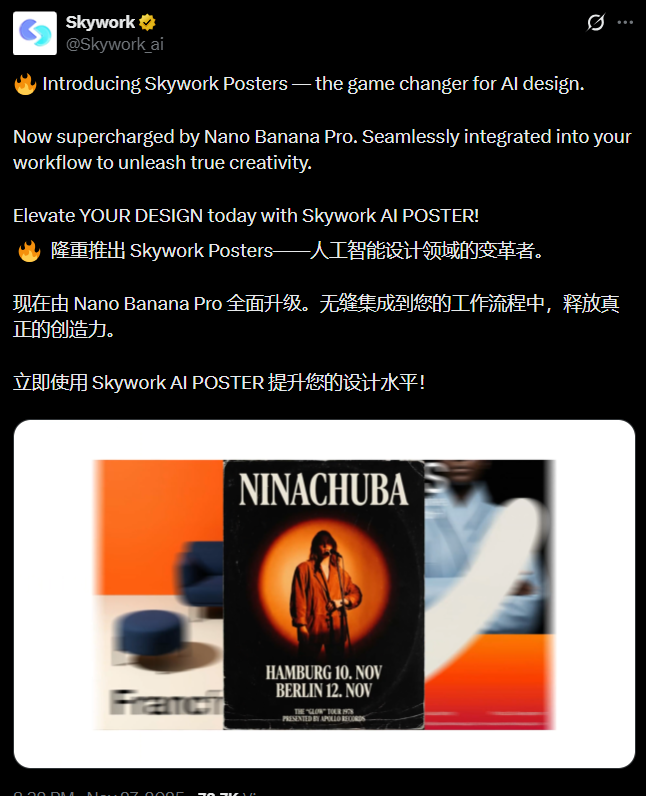Recently, AMD has reached an important cooperation agreement with OpenAI, and the two companies will work together to drive the transformation of the AI hardware ecosystem. This strategic partnership not only means that AMD will become a potential new force in the AI field, but also fills investors with expectations for AMD's future.
According to the agreement, OpenAI will purchase 6GW chips provided by AMD and obtain the right to subscribe to AMD's equity at an extremely low price. As soon as this news was released, AMD's stock price surged nearly 40%, showing the market's positive reaction to this collaboration. This transaction is not just a simple chip procurement cooperation, but also a signal of deep integration between AMD and OpenAI in their future development.
For a long time, AMD has been in a position of catching up in the CPU and GPU markets, facing strong competition from Intel and NVIDIA. However, with the rapid development of AI technology, computing power resources have become increasingly scarce, and AMD's Instinct series GPUs are now shifting towards AI training and inference workloads. This collaboration with OpenAI provides AMD with an opportunity to overtake competitors.
However, challenges still exist. First, reaching a cooperation agreement does not mean everything will go smoothly. AMD needs to meet the supply demand of 6GW chips in a short period of time. This goal requires simultaneous progress in infrastructure construction, power supply, and cooling, which is no small task. In addition, AMD's production capacity for high-end chips still relies on foundries like TSMC, meaning it will face intense competition with other major companies such as NVIDIA and Apple in resource acquisition.
Finally, although AMD's hardware design is competitive, the construction of a software ecosystem is equally important. NVIDIA has built a deep industry barrier with software tools such as CUDA. AMD, on the other hand, needs to accelerate performance optimization and developer support for its ROCm ecosystem in order to attract more customers' attention.
The collaboration between AMD and OpenAI has opened a new chapter and has given us hope of breaking NVIDIA's monopoly. However, whether it will be successful still depends on the implementation of technology and market feedback.










